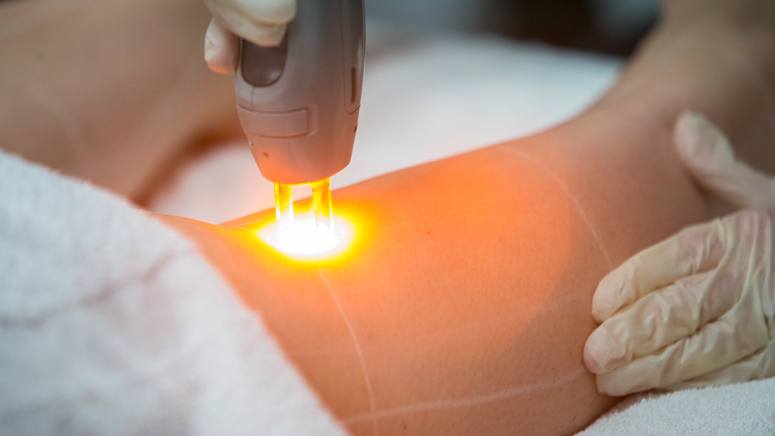Why burns may occur?

Laser hair removal works by targeting the pigment, or melanin, in the hair follicle.
According to Malini Fowler MD, FAAD, a board-certified dermatologist [1] at Westlake Dermatology in San Antonio, Texas, blonde, white, or gray hair cannot be dyed with this approach since they have less melanin. Red hair also doesn’t benefit from it because it has a different sort of melanin than other colors. Burns are uncommon, despite the fact that the skin is frequently pink in color and slightly sensitive after laser hair removal.
Here are a few potential causes for them.
Prolonged laser contact
Based on research, burns may occur due to the laser being in contact with the skin for an extended period of time. It may also be due to the type of laser you are using, newer devices often have more safety mechanisms to reduce burns.
Laser gel
Additionally, researchers discovered that the laser gel can contribute to the issue. During therapy, certain gels are used in conjunction with the laser. They gave the example of a woman who suffered an epidermal burn reaction as a result of buildup on the laser applicator equipment. If the gel isn’t allowed to dry before the region is treated, it’s also possible to get burned.
Darker Skin
Lastly, burns are more likely to occur on those with darker skin or recently tanned skin. According to Jill Canes, NP, founder of Face Forward Medical Aesthetics, “Melanin in the skin competes with Melanin in the Hair Follicle in Darker Skinned Individuals.” For instance, a person with pale skin and black hair has a very low chance of burning themselves because the skin around them has less melanin. Canes warns that if laser hair removal is attempted on a patient with dark skin tones, a burn could result because too much heat is absorbed throughout the entire skin instead of only the hair follicles.













